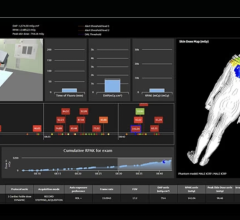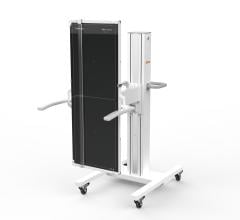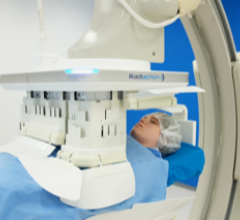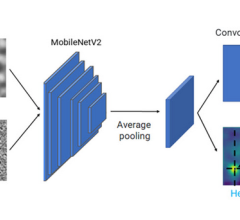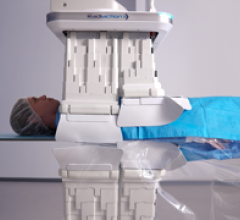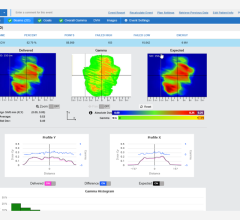
March 6, 2019 — A recent Journal of the American Medical Association (JAMA) publication1 describing the cremation of patient remains containing a radioactive material garnered considerable media attention and may have alarmed some members of the general public.
The American Association of Physicists in Medicine (AAPM) and the American College of Radiology (ACR) released a series of key points to put the topic into better perspective.
The associations want the general public to know:
-
Radioactive materials are used routinely in medical practice to improve human health;
-
The risk of harm to the crematorium operator is so small that it cannot be measured;
-
Consensus guidelines from national (CDC and DOE) international radiation protection and public health organizations provide clear guidance on how to identify radioactivity in patient remains and appropriately deal with the body of the decedent;
-
Healthcare providers who administer radioactive material must have a designated Radiation Safety Officer whose credentials meet criteria established by the U.S. Nuclear Regulatory Commission (A and B), the federal agency that regulates the use of radioactive materials. These individuals are often certified medical physicists or health physicists; and
-
The low-cost best practice of installing a simple radiation detector in hospital morgues, funeral homes and crematoriums would quickly alert staff to the presence of radioactivity. A certified medical physicist or health physicist has the expertise to determine when the measured radiation levels will have decreased to a level where it is safe to release the body to coroners, medical examiners or mortuary services.
For more information: www.aapm.org, www.acr.org
Reference


 May 06, 2024
May 06, 2024 

